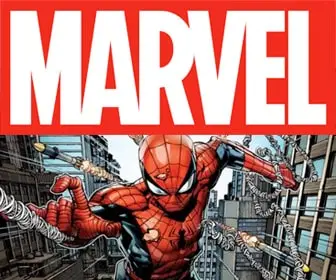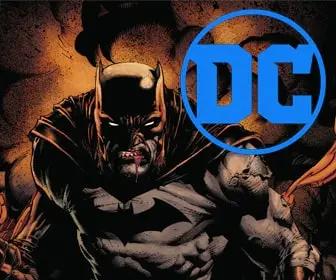
Create Your Own Comic: The Art of Character Design
Bringing Characters to Life on the Page
Welcome back to our “Create Your Own Comic” series! Today, we delve into the captivating world of character design. In comics, characters are more than just protagonists or antagonists; they are the heartbeat of your story. Effective character design is crucial in making your comic memorable and engaging. Let’s explore the key elements of designing characters that leap off the page and into the hearts of your readers.

1. Conceptualizing Your Characters
Start with a Story: Every character has a story. What are their goals, fears, and motivations? How do these traits influence their appearance and actions? A well-thought-out backstory will add depth to your characters.
Personality Traits: Are they brave, cunning, comical, or wise? Personality traits should be reflected in their appearance — from their posture to the way they dress.
2. Visual Elements of Character Design
Physical Appearance: Decide on their physical attributes like height, build, age, and distinctive features. These should align with the character’s background and role in the story.
Costumes and Props: Costumes are not just about aesthetics; they tell a story about who the characters are. Superheroes have iconic costumes that reflect their powers and identity. Props can also be a key part of a character’s design, whether it’s a weapon, a gadget, or a symbolic item.
Color Scheme: Colors convey emotions and traits. A hero might have bright, bold colors, while a villain might have darker, more muted tones. Use color psychology to enhance your character’s personality.
3. Expressions and Body Language
Facial Expressions: Your character’s emotions should be evident through their facial expressions. Practice drawing a range of emotions to bring versatility to your character.
Body Language: Body language can tell as much about a character as dialogue. How they stand, move, and interact with others can reveal their confidence, anxiety, or any other emotion.
4. Making Characters Relatable
Flaws and Vulnerabilities: Flawless characters are often unrelatable. Giving your characters weaknesses or fears makes them more human and engaging.
Growth and Evolution: Characters should evolve over time. Their design might change as they grow or as their story progresses.
5. Consistency is Key
Maintaining consistency in your character’s design throughout your comic is crucial. This doesn’t mean they can’t change outfits or hairstyles, but their core design elements should remain recognizable.
6. Inspiration and Research
Gather inspiration from various sources — real life, other comics, movies, and art. Research helps in creating authentic and diverse characters, especially when they are from cultures and backgrounds different from your own.
Denouement: The Soul of Your Comic
Character design is where the soul of your comic comes into play. It’s a blend of art, psychology, and storytelling. Remember, the most memorable characters are those with whom readers form an emotional connection. Take your time with this process, as it sets the foundation for your characters to come alive in your story.
In our next segment, we will tackle the dynamic world of panel layout and pacing, a key component in bringing your comic narrative to life. Until then, let your creativity flow and start sketching the characters of your dreams!










